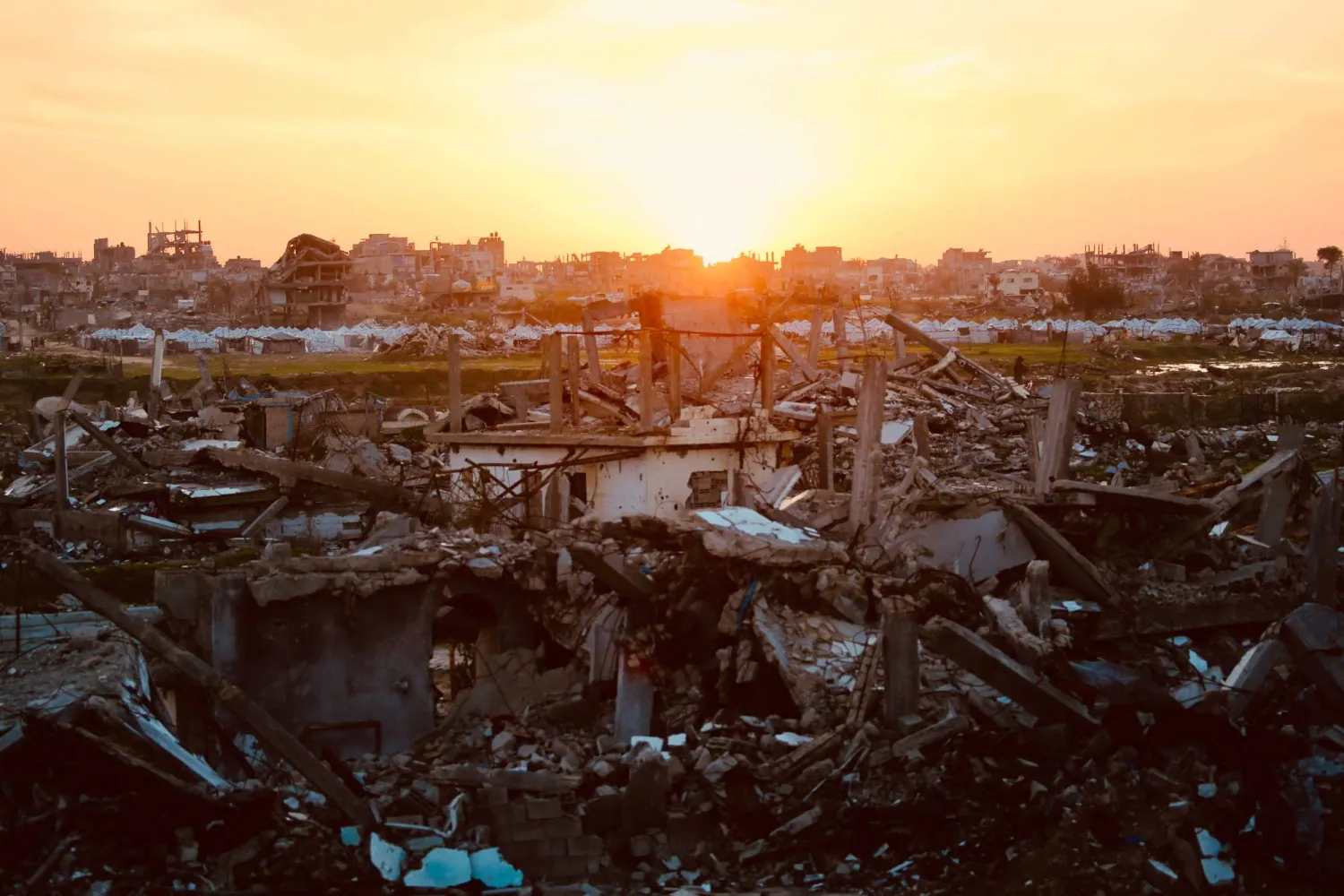An average monthly wage in Syria currently covers about a quarter of a family’s food needs, the UN World Food Program said in a statement on Tuesday, highlighting an urgent need for increased humanitarian assistance as the country grapples with the devastating impact of recent earthquakes and a 12-year-long conflict.
Some 12.1 million people, more than 50 percent of the population, are currently food insecure and a further 2.9 million are at risk of sliding into hunger.
Meanwhile, recent data show that malnutrition is on the rise, with stunting and maternal malnutrition rates reaching levels never seen before.
“Bombardment, displacement, isolation, drought, economic meltdown, and now earthquakes of staggering proportions. Syrians are remarkably resilient but there’s only so much that people can take,” said Kenn Crossley, WFP Country Director in Syria. “At what point does the world say enough?”
The ''February 6'' earthquakes came as food prices in Syria were already soaring. The selection of standard food items that WFP uses to track food inflation has almost doubled in price in 12 months and is 13 times more expensive than three years ago. The upwards trajectory is expected to continue.
The recent earthquakes have highlighted the urgent need for increased humanitarian assistance in Syria, not only for people hit by the earthquakes, but also for those who were already grappling with sky-rocketing food prices, a fuel crisis, and consecutive climate shocks.
Stunting rates among children have reached 28 percent in some parts of the country and maternal malnutrition prevalence 25 percent in north-east Syria.
A country that used to be self-sufficient in food production now ranks among the six countries with the highest food insecurity in the world, with heavy dependency on food imports. Damaged infrastructure, high cost of fuel, and drought-like conditions have slashed Syria’s wheat production by 75 percent.
WFP provides food assistance for 5.5 million people across the country.
But a funding crunch for WFP in Syria threatens to curtail the assistance, exactly when people need it most. WFP urgently requires a minimum of $450 million to keep up assistance for over 5.5 million people across Syria for the rest of 2023. This includes $150 million to support 800,000 people affected by the earthquake for six months.
“‘The world has now forgotten us’. That’s what we hear from many Syrians,” said Corinne Fleischer, Regional Director for the Middle East, North Africa, and Eastern Europe.
“We need the funds to continue to provide food for millions of families -- until Syrians can feed themselves again.”









